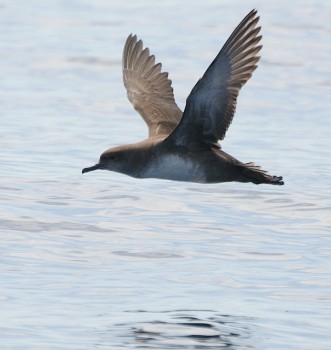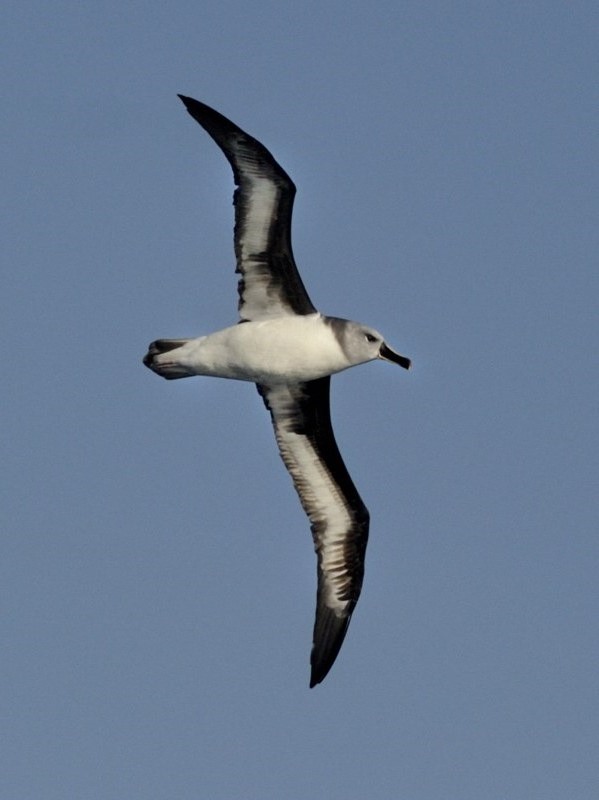Endangered Newell’s Shearwaters Puffinus newellii and Vulnerable Hawaiian Petrels Pterodroma sandvicensis have been downed in numbers by night-time lights during foggy conditions on the Hawaiian island of Kauai over several days this month. Most of the 126 birds grounded so far have been shearwaters and all were adults. About 100 of the birds collected were from around the radar-tracking facility at Kokee Air Force Station, and 10 of the total have died (click here and here).

Newell's Shearwater on release, photograph by Eric Vanderwerf
“Officials said faulty light positioning at the tracking facility likely reflected off dense fog and created poor navigability and resulted in collisions and falls.” The event is considered unusual as it is usually inexperienced fledglings that are most affected by light pollution, not adults. Fledging has not yet commenced.
It is reported that the Air Force facility had a few lights that were not positioned correctly: “[t]he lights should have been pointed directly at the ground, as not to reflect in the skies, but some of them weren’t.” The facility had switched over to using green lights (which attract fewer birds – click here) in 2011.
The birds are being treated at the Kauai Humane Society though its Save Our Shearwater programme. Most of those collected have now been treated and released.
John Cooper, ACAP Information Officer, 16 September 2015

 English
English  Français
Français  Español
Español 


